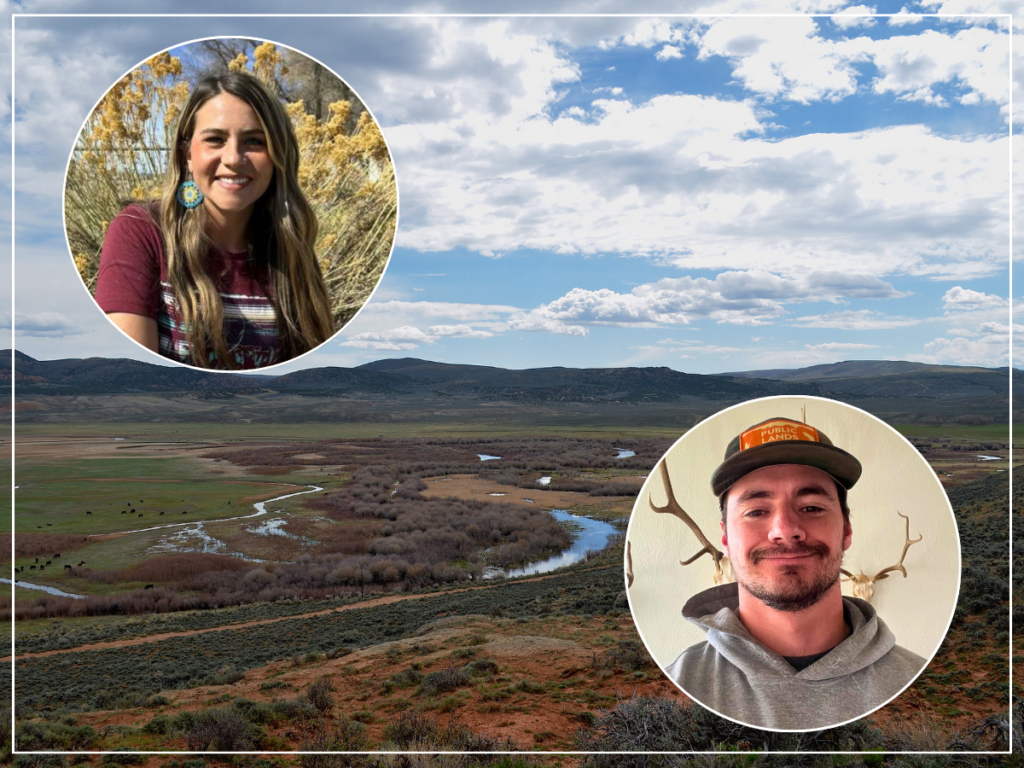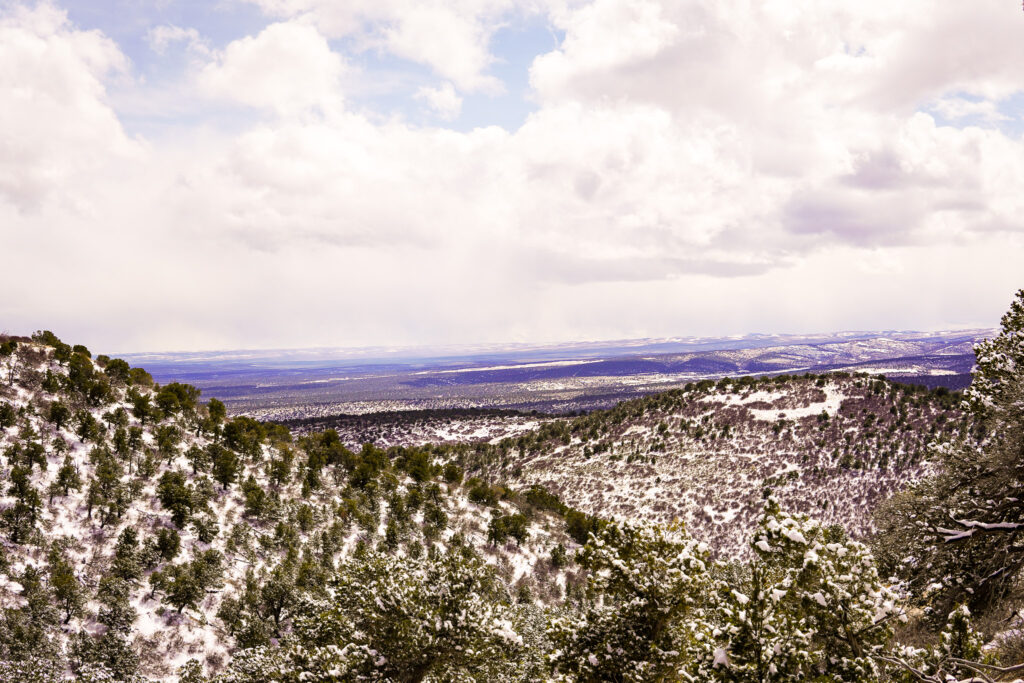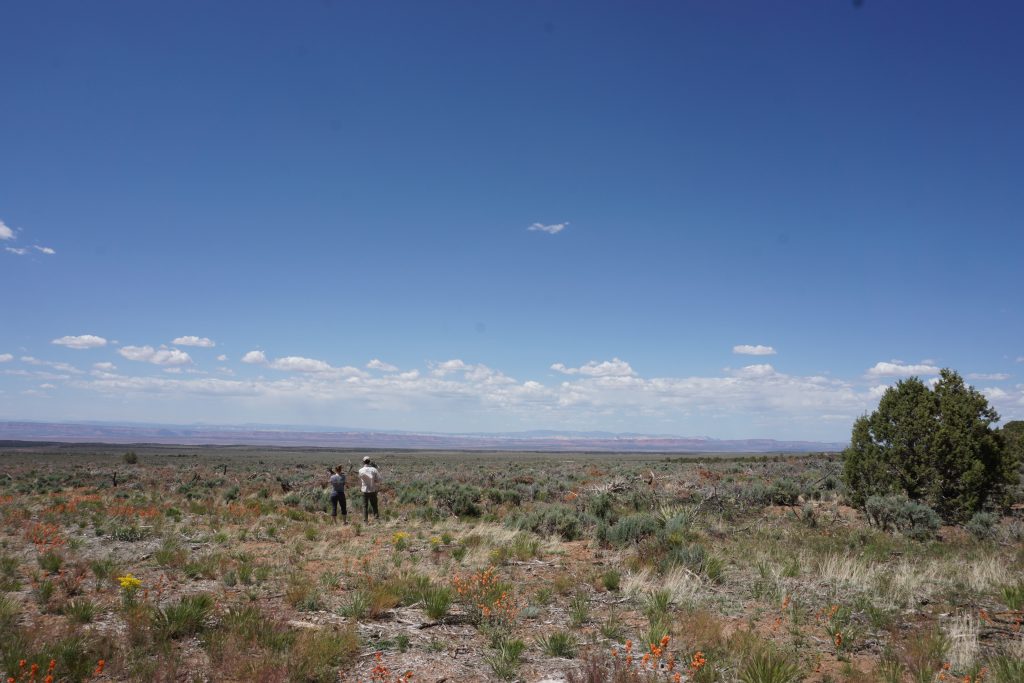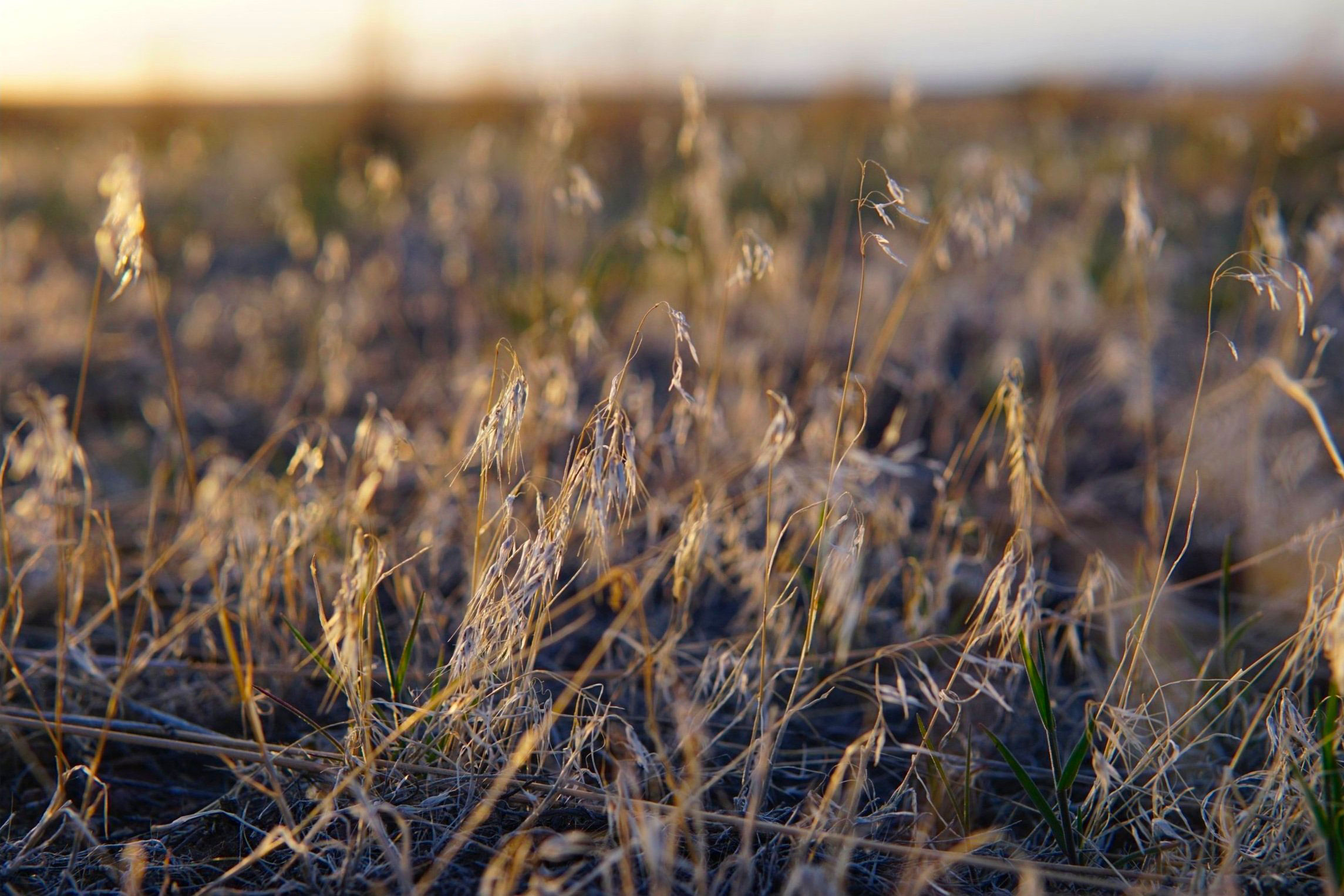
Fire, Fuels, and
Invasive Annual Grasses
Defending Habitat From Fire
Catastrophic wildfire is an increasing concern across the Intermountain West.
Although fire is a natural component of many ecosystems, the impacts of climate change, past management paradigms, accumulation of hazardous fuels, and increasing invasive annual grasses are increasing the frequency and often the severity of wildfires. Fire once meant opportunities for renewed growth of native species, but as systems change throughout the region, it can now be the harbinger of monocultures of invasive annual grasses.
Sagebrush once covered roughly 247 million acres in western North America. Today, this imperiled landscape is half its original size and rapidly shrinking, largely a result of invasive annual grasses and wildfire expanding their footprints.
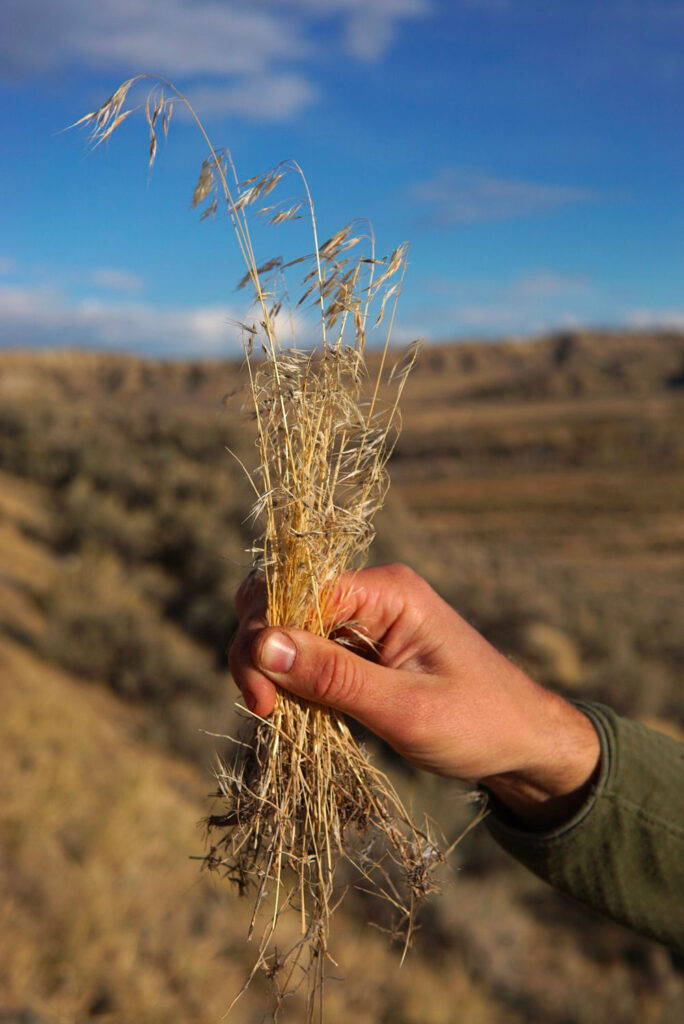
Because of their extent, rapid spread, and negative ecological impacts (including degradation of native plant communities, loss of wildlife habitat and forage, and increased wildfire risk), invasive annual grasses are widely considered one of the primary threats to sagebrush ecosystems. These plants are readily spreading across the sagebrush biomes in places that have not experienced recent fire, despite the widespread belief that invasive annual grasses are mostly associated with wildfire.

Making matters worse, invasive annual grasses also end up increasing the risk of wildfire. Invasive annual grass-dominated systems are more susceptible to wildfire because short-statured annual grasses dry out quickly and create continuous fuel beds, increasing the risk that wildfire will spread and contributing to large, more contiguous, and more frequent rangeland fires. The build-up of hazardous fuels, including expanding conifers, may also change wildfire behavior.
To address these threats, the Intermountain West Joint Venture (IWJV) has signed a new Interagency Agreement with the Bureau of Land Management (BLM) to expand work on wildfire risk reduction and fuels management. This agreement will continue to support and grow the work the BLM and IWJV already implement throughout sagebrush and pinyon-juniper habitat for sage grouse and other wildlife while also addressing wildfire and invasive annual grass threats that are impacting many rural landscapes.
Our woodland management work within our Partnering to Conserve Sagebrush Rangelands partnership primarily focuses on conifer expansion as a sagebrush management challenge. Learn more about the IWJV’s work to conserve and restore persistent pinyon-juniper woodlands under our Western Forests Program.
putting science into practice
Here’s what we’re doing to address fire, fuels, and invasive annual grasses in sagebrush rangelands:
beyond the iwjv
Learn more about the Science and Practice of Fire, Fuels, and Invasive Annual Grass Management
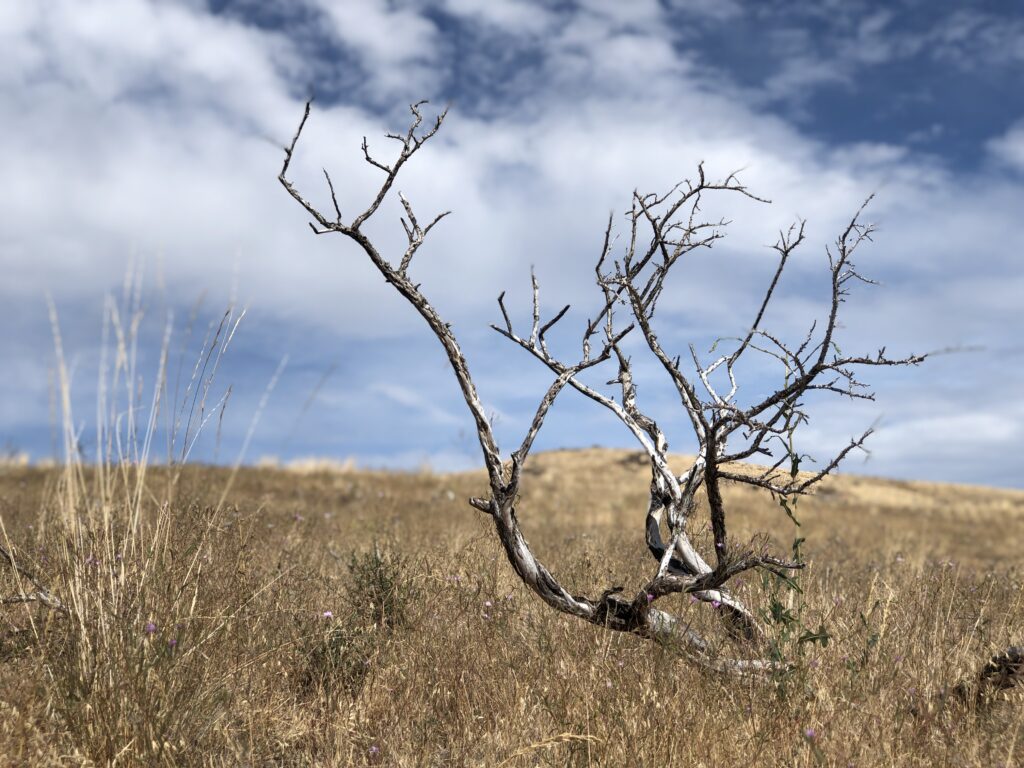
Great Basin Fire Exchange
Provides fire, fuels, and restoration information for the Great Basin
IMAGINE
A new model of engaged research and outreach making a difference against expanding infestations of annual grasses.
Invasive Annual Grass Spatial Data Compilation and Synthesis
Collates invasive annual grass spatial datasets and identifies similarities and differences.
BLM Fuels Management Program
General introduction to the Bureau of Land Management’s Fuels Management Program, from the National Interagency Fire Center.
BLM WildFire Risk Assessment
A StoryMap illustrating the geospatial results of the Bureau of Land Management’s WildFire Risk Assessment.
Joint Fire Science Program
Funds scientific research on wildland fires and distributes results to help policymakers, fire managers and practitioners make decisions.
